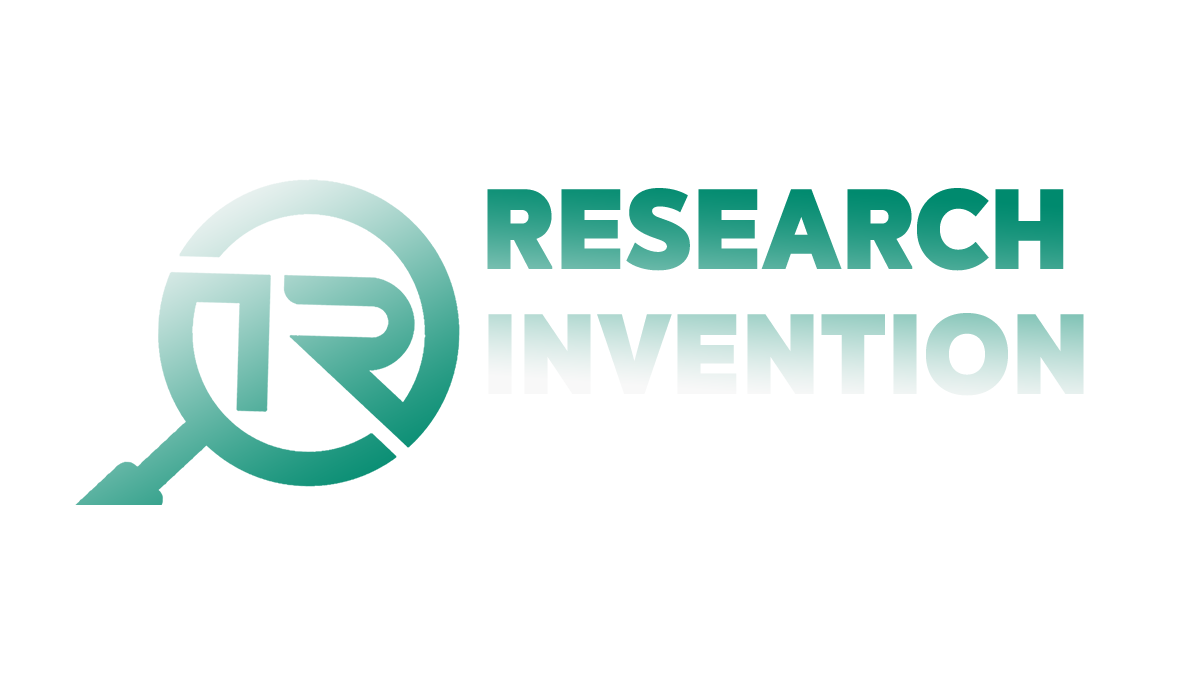The Association between Socioeconomic Status and Late HIV Diagnosis among Adults in Urban Settings: A Cross-Sectional Analysis
Mugo Moses H.
School of Natural and Applied Sciences Kampala International University Uganda
ABSTRACT
Late HIV diagnosis remains a significant challenge in urban settings, where disparities in healthcare access and socioeconomic status (SES) contribute to delayed testing and treatment initiation. This article explored the association between SES and late HIV diagnosis among adults in urban environments. Factors such as income, education, and employment status are considered in understanding how SES influences health-seeking behaviors, including the likelihood of seeking timely HIV testing. Lower SES groups often face financial barriers, limited health literacy, and reduced access to healthcare services, which can delay diagnosis until HIV has progressed to more severe stages. The article drew on cross-sectional studies and existing literature to analyze the impact of these socioeconomic factors on the timing of HIV diagnosis and to identify the challenges faced by disadvantaged populations. Findings suggested that individuals from lower socioeconomic backgrounds are more likely to be diagnosed later, highlighting the need for targeted interventions to address these disparities. The methodology utilized in writing this article involved reviewing and synthesizing available research on SES and HIV diagnosis patterns in urban settings, with a particular focus on identifying gaps in healthcare access, stigma, and public health interventions. This review underscored the importance of addressing SES-related barriers in reducing late HIV diagnoses and improving overall health outcomes.
Keywords: Socioeconomic status (SES), Late HIV diagnosis, Urban settings, Health disparities, Healthcare access.
CITE AS: Mugo Moses H. (2025). The Association between Socioeconomic Status and Late HIV Diagnosis among Adults in Urban Settings: A Cross-Sectional Analysis. RESEARCH INVENTION JOURNAL OF PUBLIC HEALTH AND PHARMACY 4(1): 34-37. https://doi.org/10.59298/RIJPP/2025/413437
